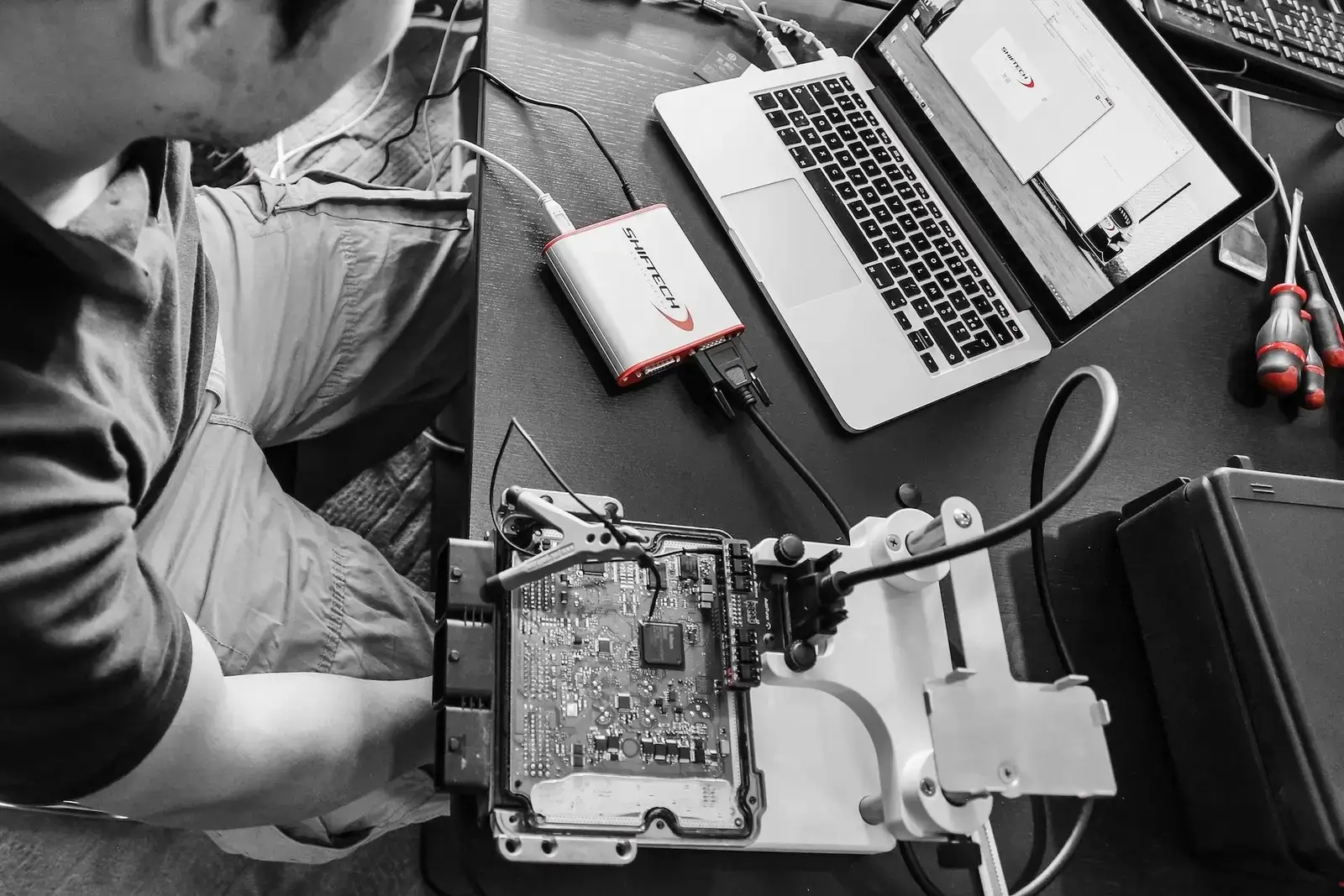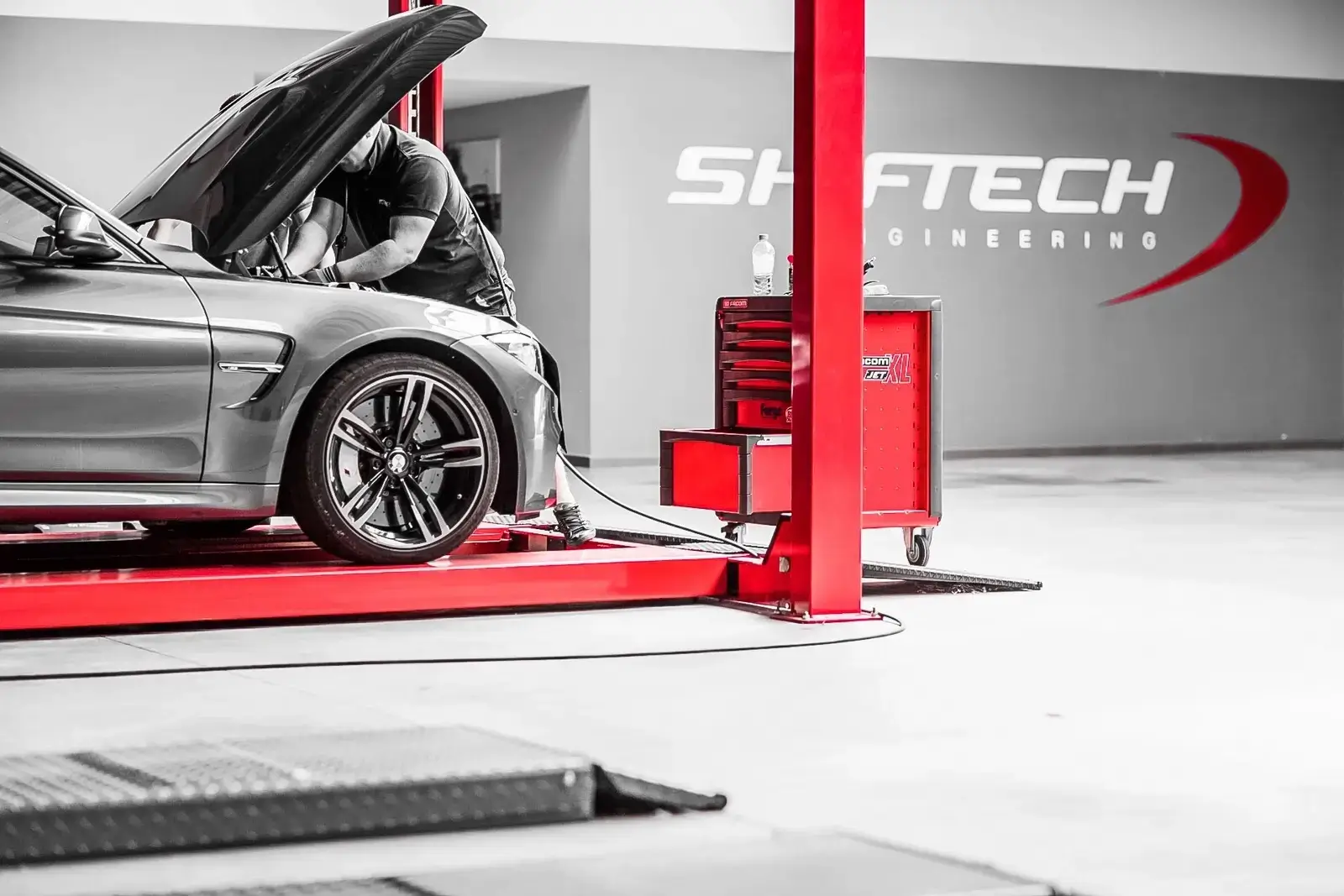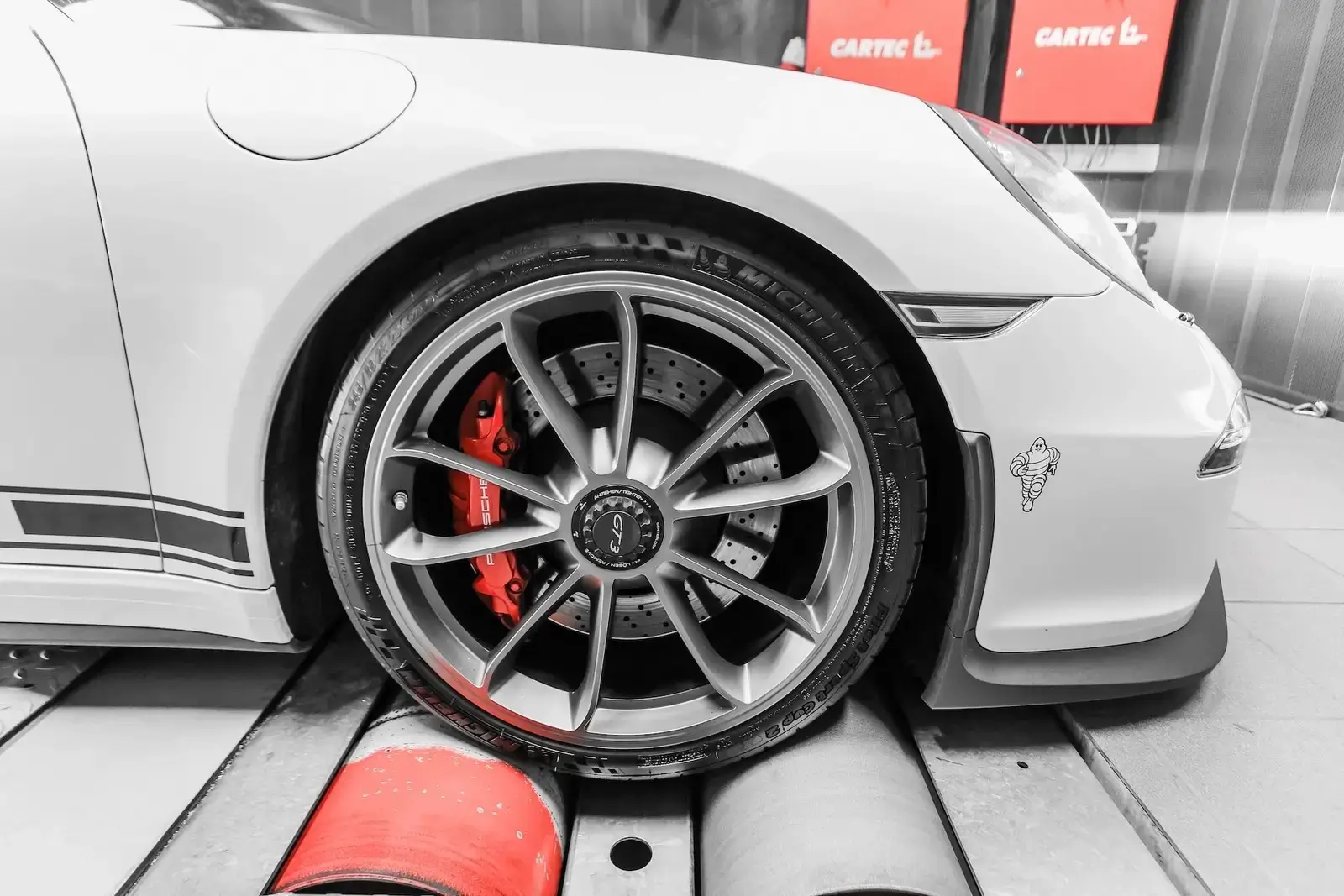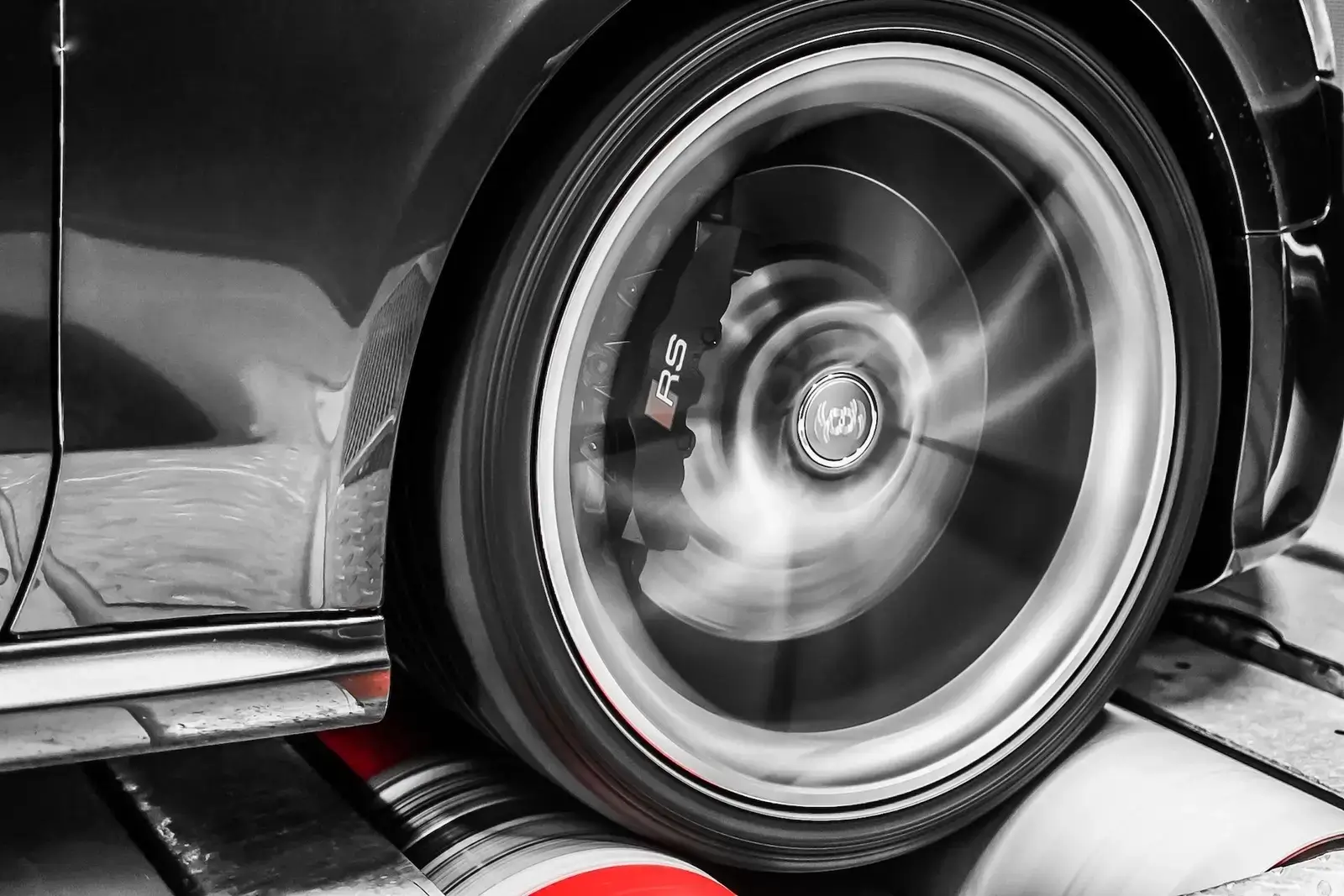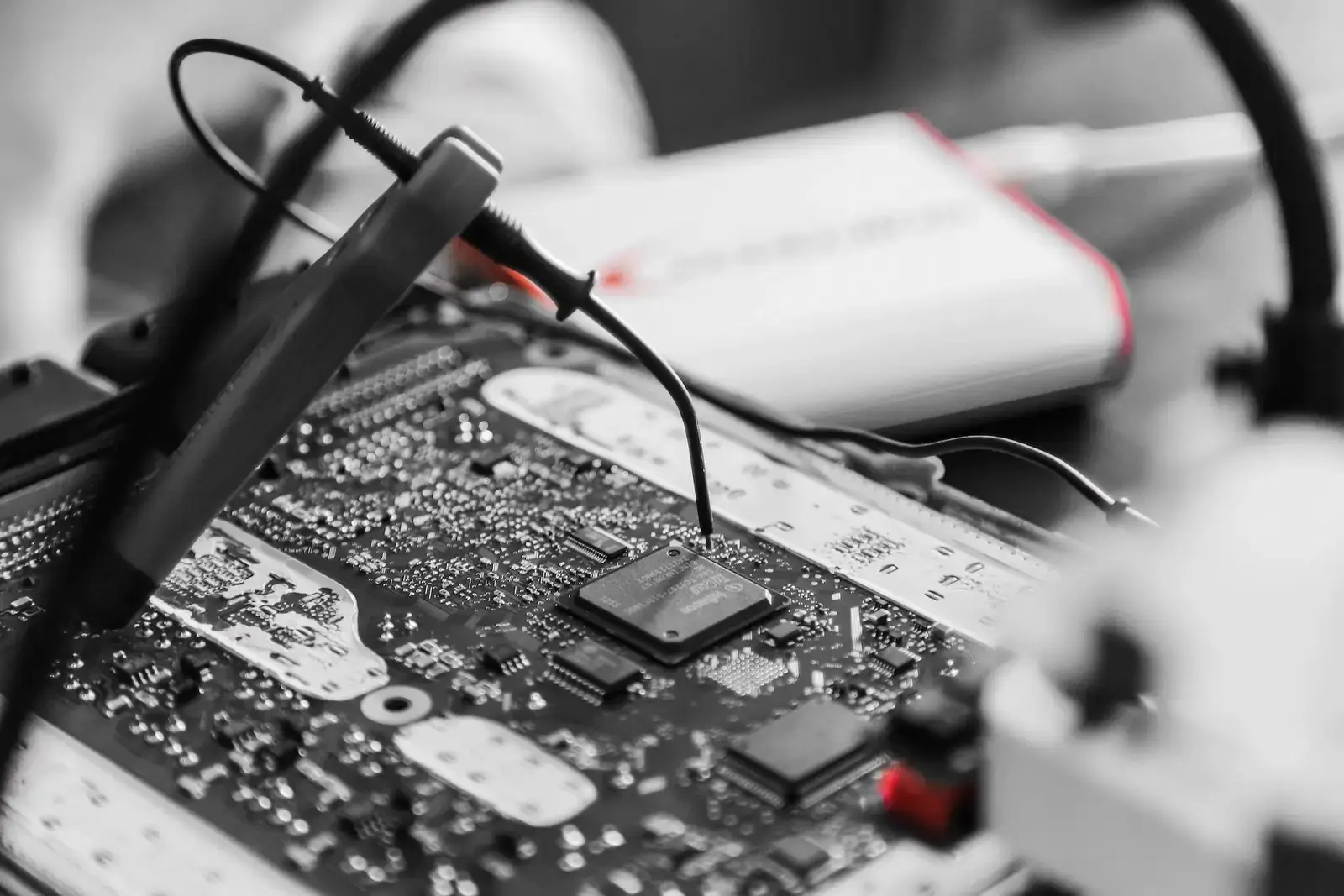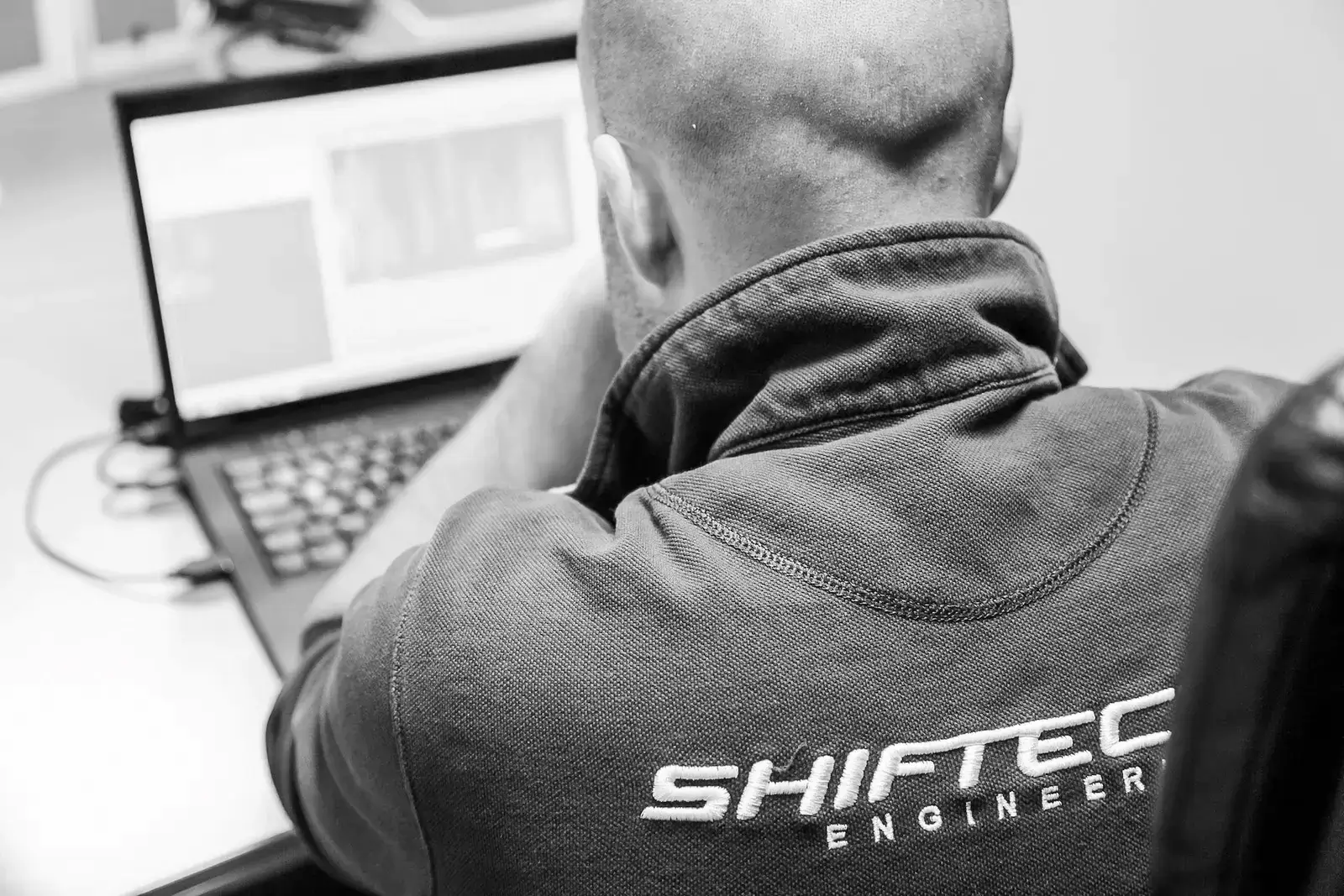
What is chiptuning?
You're familiar with the term chiptuning, so you know that it involves optimising the electronic management of your vehicle's engine, but it's not always easy to understand how chiptuning works.
CALCULATOR
How is chiptuning possible?
Chiptuning is made possible by the fact that 21st century vehicles are equipped with electronic engine management.this engine management system includes an electronic computer that controls various parameters such as injection, ignition, knocking, richness, incoming air flow, etc.
Gone are the days of carburettors or manual adjustment of the wastegate (a control that modifies turbo pressure).thanks to electronics, the engine benefits from more precise tuning aimed at reducing fuel consumption and eliminating the problems caused by poor tuning and/or maladjustments that can occur after a certain period of time.
DATA LOGGING
Data acquisition
The transition from carburettors to fuel injection has left many disappointed.
Some people enjoyed tuning their engine to different parameters, taking into account the different parts installed.for mechanics, the arrival of fuel injection meant the end of engine modification, which is why some enthusiasts initially decided to boycott the fuel injection system.
A new profession was created, with electronic engineers working on ECUs to read engine management systems.at the time, without going into too much detail, most of these ECUs were equipped with an eprom, commonly known as a 'chip'.this data was not protected, which made the electronic engineer's job easier.
Over time, manufacturers added protection to prevent access to the data. The first protections were fairly easy to circumvent, often involving a sum applied to different parameters in the file.this did not actually block reading, but prevented tuned if the result of the chiptuning had changed.with the proliferation of tuners and the development of electronics, these protections have become increasingly difficult to circumvent, and today it is sometimes impossible to access the data on certain vehicles.some companies have therefore embarked on the research and development of solutions to read the data, of which there are currently no more than a dozen on the market.
As there is no satisfactory tool on the market, ShifTech has developed its own in-house data acquisition tool.
Note: Many people confuse 'data acquisition' with 'data optimisation' as such, but these are two things that need to be clearly distinguished.for example, when a company specialising in data acquisition finds a solution to read and write a vehicle, the tuners indicate on their site that they can reprogram this type of vehicle.
This could imply that all tuners have a common database or that all preparations are the same, but this is not the case.the company specialising in data acquisition has only provided access to the data, nothing more.
CARTOGRAPHY
Data optimisation - Engine preparation
As we explained in the previous paragraph, engine preparation begins with the reception of a blank programme obtained using any kind of reading tool.
This is where the engine tuner comes in. The first part of the job is to find out information about the engine (e.g. the materials used) and the surrounding components (turbo, clutch, intake, etc.). This information often reveals that certain components are used on other, sometimes more powerful, engines. We can also find out the limits that must not be exceeded on certain parts (a maximum torque on a gearbox, for example).
After consulting this data, we can see, for example, that the engine block of an N47 is similar on a BMW x16d and on an x23d. This is due to a cost-cutting rationale on the part of the manufacturer, who prefers to produce a single engine and offer it in several versions.this information makes it easy to confirm that a BMW x16d engine is highly unlikely to suffer reliability problems as a result of an increase in power, given that the block is designed to support at least 204 bhp.
Once the research work is done, it's time to delve into the detection of maps within the engine management system. Don't think that this detection is facilitated by any software; a great deal of experience is required to find the maps and, above all, to modify them.at first glance, reading the code may seem like watching The Matrix, but with 8 years' experience in this field and a wealth of redundancy, it's easy to find your way around.
Then the first tests can begin on the power bench, and it's more important than ever to remember the need for a power bench in the development phase.its role is twofold: not only does it make it possible to measure the gain obtained in terms of power and torque, but it also provides the shape of the curve. An initial programme is then written in the vehicle. This initial programme is a basis for assessing the vehicle's potential.
The parameters to be modified are not chosen at random, nor are the modifications applied to them.during the runs on the test bench, a large number of parameters are recorded: rpm, turbo pressure, petrol/diesel pressure, injector opening time, incoming air, richness, injector compensation, ignition, exhaust temperature, intake temperature, etc....development can take from several hours to several days, depending on the complexity of the engine and the precision required.
All these operations have to be repeated as many times as there are different motors. As you can see, research and development require a great deal of time and investment, which is why ShifTech Engineering's head office has two power benches.it's hard to imagine doing things any other way when you're developing your own programmes.
Note: More and more people are becoming improvisers, offering overnight a catalogue similar to that offered by companies that have been in the business for many years.make no mistake, underneath the sometimes aggressive marketing and low prices lies a company that buys modified programmes from another tuner.while this is not always synonymous with poor quality, it does not guarantee individual work and, in the event of a problem or possible reworking, this improvised preparer will quickly reveal his flaws.
Conclusion
Engine tuning is a business we've been passionate about for almost 10 years, during which time ShifTech has devoted considerable time to research and development in order to offer unique products made entirely in-house, a guarantee of quality and service.through its various centres, ShifTech currently employs more than thirty people in the preparation department.
Through our articles, we hope to shed some light on a number of issues that affect car preparation in one way or another.here, in particular, we open a corner of the veil to help you better understand the two axes of chiptuning: data acquisition and data optimisation.
